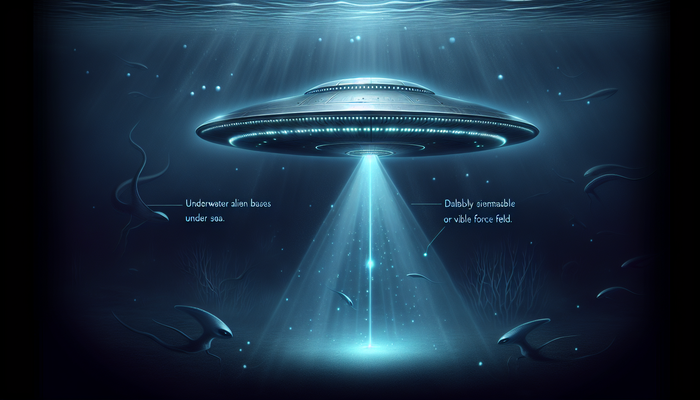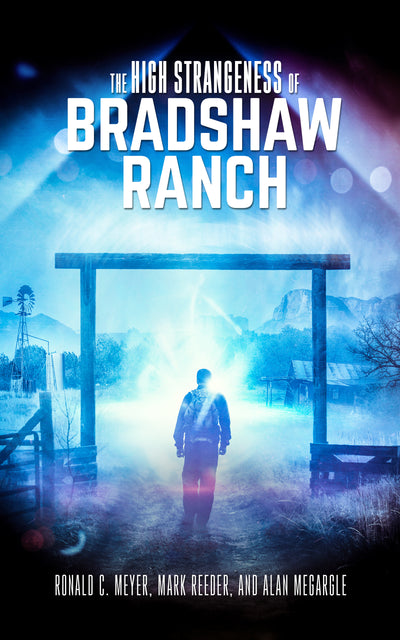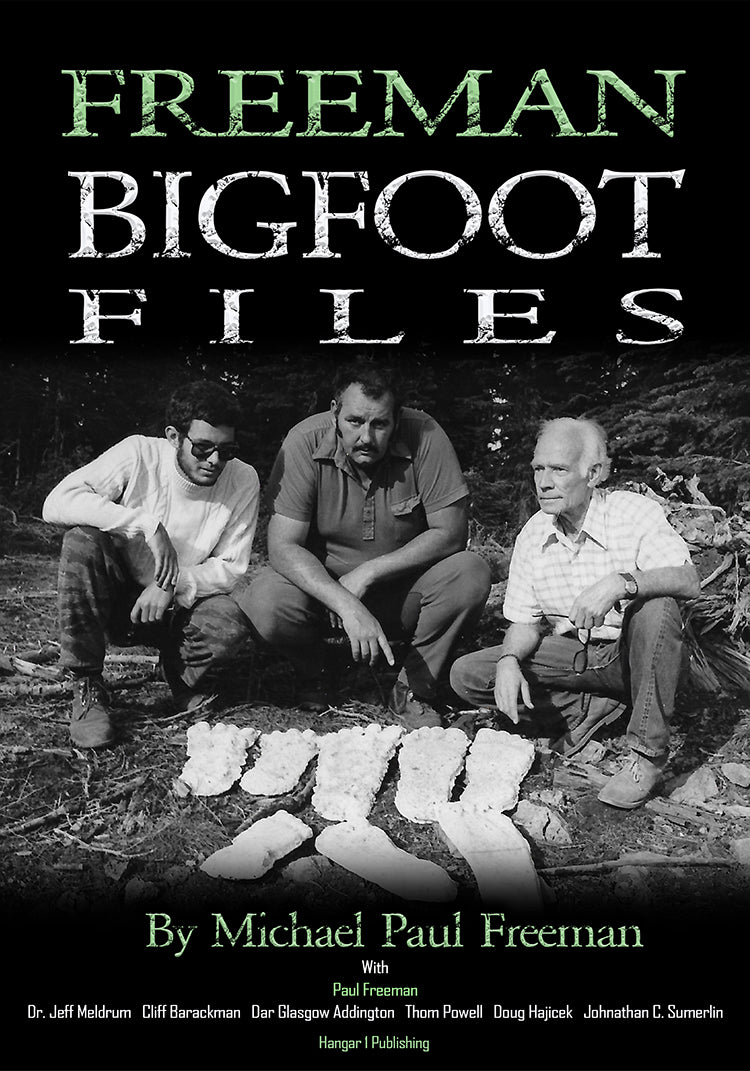Reopening the Cold Case of the Viking Lander Experiments on Mars

By Malcolm Blackwood, Ufologist
I have spent three decades sifting through government files, and if there is one thing I have learned, it is that the data often tells a different story than the press release. We often look to the sky for answers, but sometimes the most explosive evidence is buried in a dusty archive from 1976. I am talking about the Viking Lander Experiments on Mars.
For many in the scientific community, the book is closed. They will tell you Viking found a dead planet. But I don't look at summaries; I look at the raw numbers. When you analyze the spacecraft design and test summary, you realize that the Viking lander biological experiments produced data that, by pre-mission standards, indicated life. We need to walk through exactly what happened on that red soil forty-nine years ago and why modern discoveries suggest we might have accidentally burned the evidence of extraterrestrial life.
The Mission That Changed Everything
In the summer of 1976, NASA dropped two robotic laboratories onto the Martian surface. The Viking program was audacious. It wasn't just about taking pictures; it was the first, and arguably the only, mission specifically designed to search for extant life (living bugs) rather than just fossils. The Viking 1 and Viking 2 landers carried a biological investigation package that was a marvel of miniaturization.
These landers were not just guessing. They were built on a logic tree. If X happens, then Y is the conclusion. The problem arose when the data came back looking exactly like life, but the confirmation instrument drew a blank. This created a paradox that has fueled aerospace problems and debates for half a century.
The Four Tests: A conflicting Dossier
The biology package contained three metabolic experiments, plus a molecular analysis instrument. Here is the breakdown of what they found.
| Experiment | What It Did | The Result |
|---|---|---|
| Labeled Release (LR) | Dropped radioactive nutrient onto soil. |
Positive. Immediate, rapid gas release. Completion of the experiment showed curves matching biological growth. |
| Gas Exchange (GEx) | Added water/nutrients, checked for gas changes. | Ambiguous/Negative. Huge burst of Oxygen, but likely chemical decomposition of superoxides. |
| Pyrolytic Release (PR) | Tested for carbon fixation (photosynthesis). | Weak Positive. Small amount of carbon fixation detected. |
| GC-MS | Heated soil to find organic molecules. | Negative. Found no organic compounds. |
The Labeled Release (LR): The Smoking Gun
If we strip away the politics, the Viking LR experiment is the most compelling evidence for biology we have ever seen off-Earth. The Principal Investigator, Dr. Gilbert Levin, designed this to detect heterotrophic metabolism. Basically, if something eats the radiolabeled nutrient, it burps out radioactive gas.
On Mars, that is exactly what happened. The radiorespirometry data showed a curve that looked just like microbes on Earth. But here is the kicker: to rule out chemistry, they ran a control. They took a duplicate sample and baked it at 160°C to kill any bugs. If the reaction was just chemical, the heat shouldn't stop it. If it was life, the heat would kill it.
The result? The response was eliminated in the heat-sterilized sample. Even a milder heat treatment at 50°C significantly reduced the reaction, which is consistent with biological implications. Most chemicals don't stop reacting just because you warmed them up slightly. Levin has maintained for decades that these results are consistent with life.
The Great Contradiction: The GC-MS Failure
So why didn't NASA announce they found aliens? Because of the Gas Chromatograph-Mass Spectrometer (GC-MS). This instrument was supposed to find the bodies. It was designed to test results for organic molecules, the building blocks of life.
The GC-MS found nothing. It detected less carbon than the moon. It did find some chloromethane, but the team dismissed this as cleaning solvent contamination from Earth. The logic was brutal: Life requires organics. The Viking '76 Mass Spectrometer found no organics. Therefore, the LR signal must be a chemical trick. The consensus became that the soil contained nonbiological explanations, likely oxidants.
The 30-Year Mistake: We Burned the Organics
I have tracked the paper trail on this, and the narrative fell apart in 2008. That year, the Phoenix lander identified perchlorate salts in the Martian soil. This changed everything.
Perchlorate is a stable salt at cool temperatures. But if you heat it up, it becomes a fierce oxidant that destroys organics. Guess what the Viking GC-MS did? It heated the soil samples to 500°C. By following its protocol, the instrument likely ignited the perchlorates, which then incinerated the very organic molecules it was looking for. The combustion byproducts of that reaction are chloromethane and dichloromethane-the exact compounds Viking found and dismissed as contamination.
We didn't find a dead planet. We unknowingly set fire to the biosignature molecules. Later studies reanalyzing the results confirmed that perchlorate plus organics equals exactly what Viking saw.
Curiosity and the Vindication of Organics
If there was any doubt left, the Curiosity rover smashed it. Using a different method called Sample Analysis at Mars, it found definitive proof of organic molecules in Gale Crater. We now know that organic matter is preserved in ancient mudstones.
This destroys the primary argument used to debunk the LR experiment. The "no organics" claim was false. Organics are there. The identification of chlorobenzene in old Viking data further supports this. The premise that led scientists to reject the biological data was wrong.
The Chemical Alibi Doesn't Stick
Debunkers tried to explain the LR results using chemical activities involving superoxides or UV light. They argued that perchlorate radiolysis could mimic life.
However, I find this unconvincing when you look at the thermal data. As Levin pointed out, while chemicals can release gas, they generally don't stop releasing gas just because you heated them to 50°C or 160°C. Biology does. The design of the experiment included controls that biology passed and chemistry failed.
Even the Gas Exchange results (often cited as proof of chemistry due to the oxygen burst) are distinct from the LR results. The preliminary findings of the GEx showed reaction to water, while the LR showed reaction to nutrients. They are measuring different things.
Why Haven't We Gone Back?
You would think NASA would be rushing to verify this. But the Viking biology results cast a long shadow. The ambiguity terrified mission planners. Subsequent missions focused on geology and "habitability," not direct life detection. The Ladder of Life Detection became a conservative climb.
There is also the issue of Planetary Protection. If we admit Viking might have found life, the safety protocols for Mars sample return become incredibly strict and expensive. We are talking about Category V restrictions to prevent backward contamination.
The Unfinished Business
The data from 1976 sits there, an open wound in the side of science. We have revisited the experiments mathematically and chemically, but we need to go back physically.
Gilbert Levin spent the rest of his life advocating for a chiral asymmetry search. Life prefers "left-handed" amino acids. If we ran the LR experiment again with left and right-handed nutrients, and the soil only ate the left ones, that would be undeniable proof. No chemical oxidant cares about chirality.
Until we send a mission with the guts to test for metabolism again, the 49-year-old Viking experiment remains our best evidence. The sensors worked. The controls worked. The data said "life." The only thing that failed was our ability to believe it.
From Bigfoot to UFOs: Hangar 1 Publishing Has You Covered!
Explore Untold Stories: Venture into the world of UFOs, cryptids, Bigfoot, and beyond. Every story is a journey into the extraordinary.
Immersive Book Technology: Experience real videos, sights, and sounds within our books. Its not just reading; its an adventure.


























